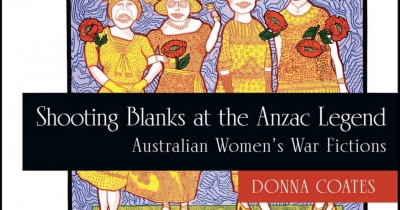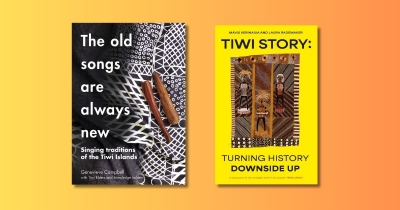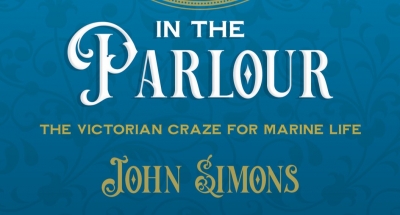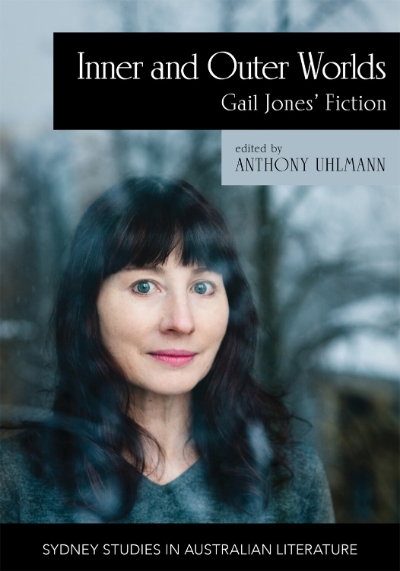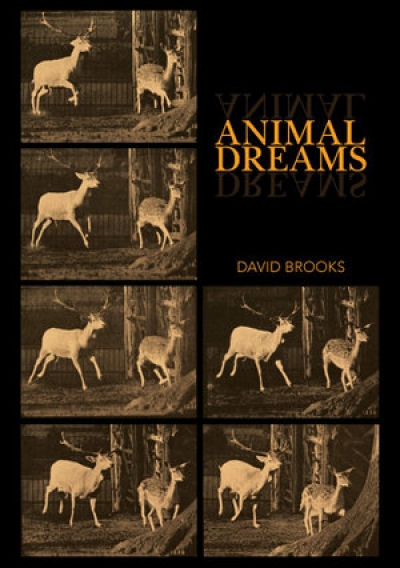Sydney University Press
Shooting Blanks at the Anzac Legend: Australian women’s war fictions by Donna Coates
by Sue Kossew •
Tiwi Story by Mavis Kerinaiua and Laura Rademaker & The Old Songs Are Always New by Genevieve Campbell with Tiwi Elders and knowledge holders
by John J. Bradley •
Goldfish in the Parlour: The Victorian craze for marine life by John Simons
by Danielle Clode •
Middlebrow Modernism: Eleanor Dark's interwar fiction by Melinda J. Cooper
by Susan Sheridan •
The Life of Such Is Life: A cultural history of an Australian classic by Roger Osborne
by Brigid Magner •
Inner and Outer Worlds: Gail Jones’ fiction by Anthony Uhlmann
by Julieanne Lamond •
Patrick White’s Theatre: Australian modernism on stage, 1960–2018 by Denise Varney
by Jonathan Dunk •
Fallen Among Reformers: Miles Franklin, modernity and the New Woman by Janet Lee
by Susan Sheridan •

